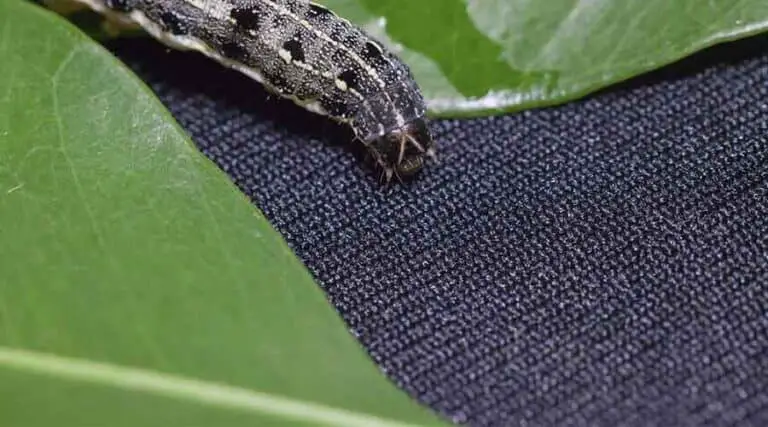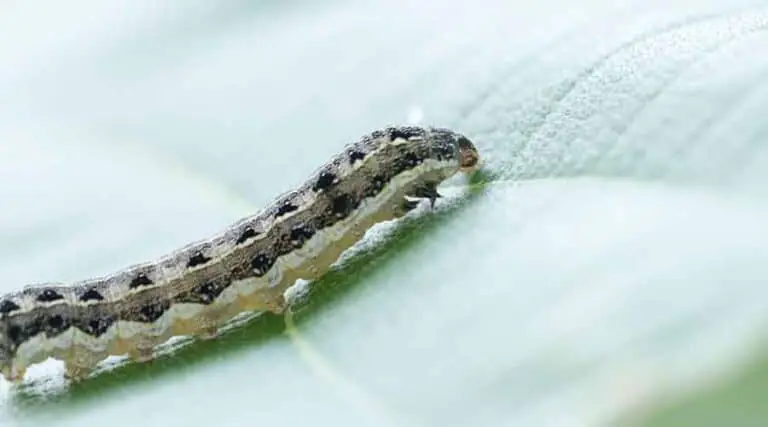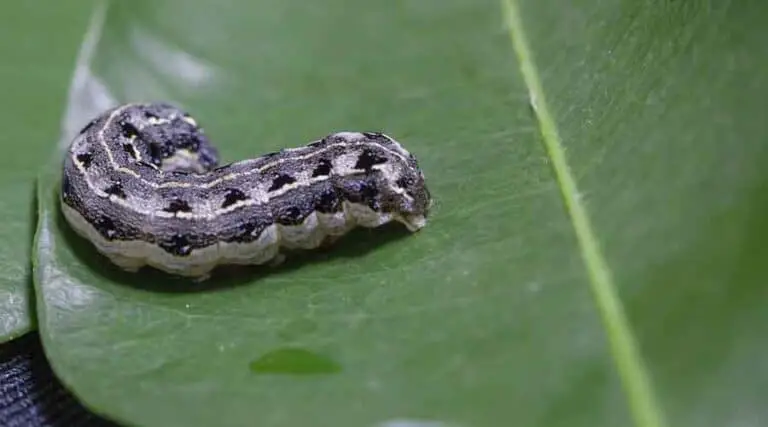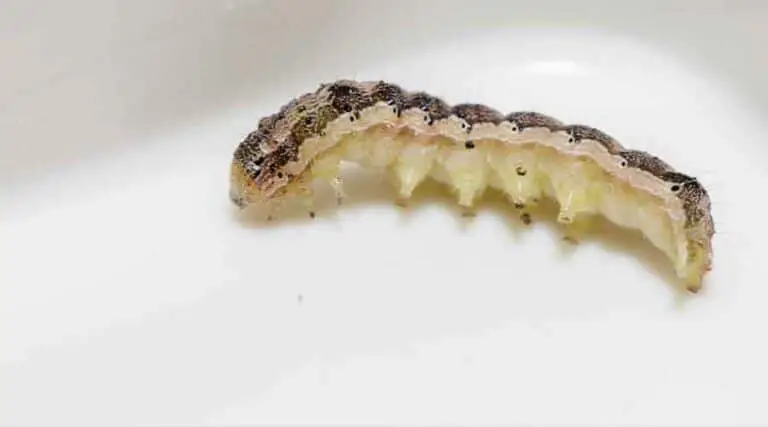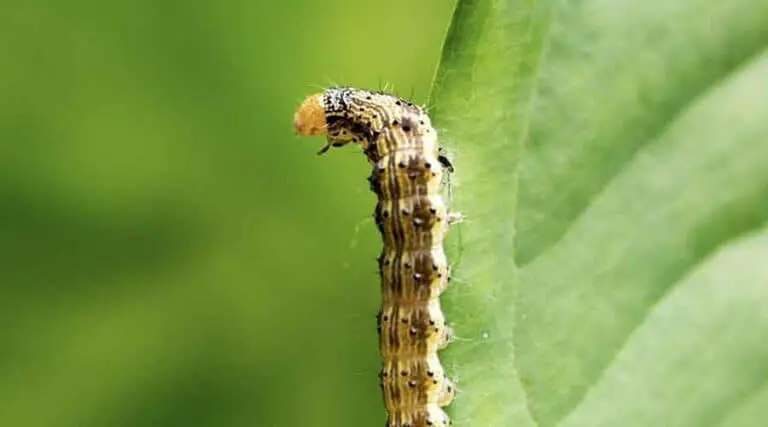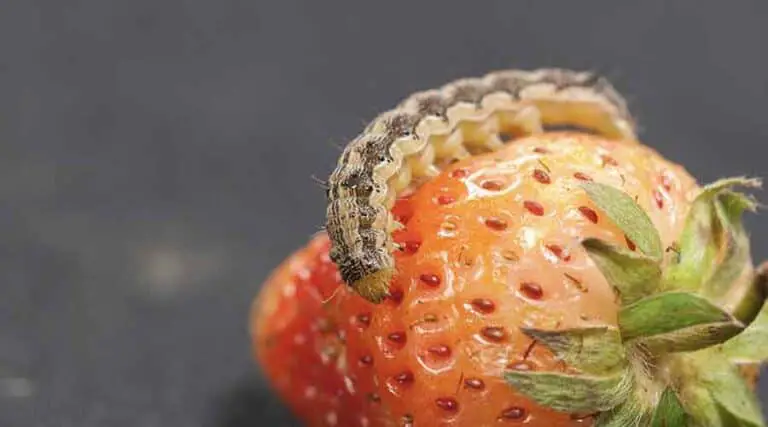Does Cornmeal Kill Cutworms: An Effective Solution Explained
Cutworms can be a significant pest in gardens and agricultural settings, causing considerable damage to seedlings and plants. These voracious caterpillars feed on the stems and leaves of numerous plant species, stunting growth or killing them outright. Gardeners and farmers alike are constantly looking for effective yet environmentally friendly methods to control cutworm populations and protect their plants.
One such method that has been discussed in some circles is the use of cornmeal to kill cutworms. The premise behind this idea is that the cutworms consume the cornmeal, which then swells inside their digestive systems, ultimately leading to their death. However, the effectiveness of this approach requires further investigation and confirmation from scientific research.
While some anecdotal evidence may suggest that cornmeal has an impact on cutworm populations, it is crucial to rely on accurate and reliable information to make well-informed decisions about pest control solutions.
Does Cornmeal Kill Cutworms?
Cornmeal has been mentioned as a potential natural method for dealing with cutworms in the garden. Cutworms are a major pest for many plants, particularly seedlings, and finding a safe and effective method of control is vital for gardeners. However, it is important to investigate whether cornmeal is truly a viable option in combating these pests.
Although there isn’t any extensive research on the effectiveness of cornmeal in killing cutworms, one mention of cornmeal was found in the context of gardening practices. In the book “Texas Gardening the Natural Way: The Complete Handbook,” the author suggests using cornmeal as a means to control algae and gnats, but it does not specifically mention that it will kill cutworms here.
Some gardeners believe that the texture of the cornmeal can irritate the digestive system of the cutworms, leading to their death due to ingestion. However, this theory hasn’t been scientifically proven, and it would be unwise to rely solely on cornmeal to eliminate cutworm infestations.
Instead, alternative control methods such as Bacillus thuringiensis (Bt) are recommended. Bt is a natural and safe biological control that effectively targets cutworms, loopers, and caterpillars without causing harm to beneficial insects and plants. To ensure a thriving garden, it is crucial to implement effective pest control methods, such as Bt, instead of relying on unverified remedies such as cornmeal.
It is essential for gardeners to have accurate information and proven methods for dealing with pests like cutworms. While cornmeal may be a popular home remedy, it lacks scientific evidence to fully support its effectiveness against cutworms. As a gardener, it is wise to rely on trustworthy methods backed by research, ensuring the health and productivity of your garden.
Understanding Cutworms
Cutworms are the larval stage of various species of moths belonging to the Noctuidae family. They are a common garden pest, known for their destructive feeding habits on a variety of plants, including vegetable seedlings and young plants.
Life Cycle
The life cycle of cutworms consists of four stages, including egg, larva, pupa, and adult. Female moths lay their eggs on the leaves or stems of plants, which hatch into larvae in about 5 to 10 days. The larval stage lasts for approximately 3 to 4 weeks, during which time the cutworms feed on plant stems and foliage, typically at night. After the larval stage, they pupate in the soil, emerging as adult moths in 1 to 3 weeks. Adult moths are typically active at night, and the entire life cycle occurs within 2 to 3 months, depending on the species and environmental conditions.
Types of Cutworms
There are several types of cutworms that can be found in gardens:
- Black Cutworm: The black cutworm, Agrotis ipsilon, is among the most common and destructive species. It is known for cutting the stems of young plants at the soil line, causing the plants to wilt and die. You can learn more about black cutworms here.
- Variegated Cutworm: This species, Peridroma saucia, features a brown or gray body with a pale stripe along their sides and a series of V-shaped markings on their backs.
- Climbing Cutworm: These cutworms, mainly belonging to the genus Euplexia, are known for climbing up the stems of plants and feeding on leaves and buds, instead of cutting stems.
Additional information on cutworms, their biology and control, can be found in resources such as the Texas Gardening the Natural Way: The Complete Handbook.
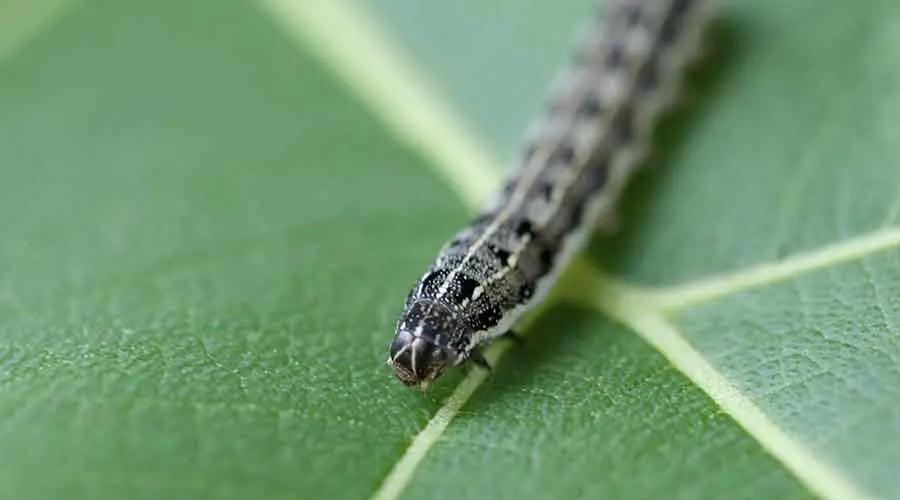
Cornmeal as a Pest Control Method
How it Works
Cornmeal is often used as a natural pest control method for various garden pests. When ingested by pests, it swells and disrupts their digestive system, eventually killing them. Some reports suggest that mixing cornmeal with boric acid (or borax) can help with the extermination of pests like fire ants and other insects that are attracted to the cornmeal as a food source1.
In the case of cutworms, which are known to cause damage to field crops, vegetables, and ornamental plants globally2, cornmeal might be used as a control method by placing it near the base of plants where cutworms are commonly found. Cutworms may be attracted to the cornmeal and ingest it, leading to their demise.
Effectiveness
Though cornmeal is often used as a home remedy for pest control, its effectiveness against cutworms is not well-established in scientific literature. In fact, none of the provided search results directly discusses the use of cornmeal to control cutworms specifically.
However, cornmeal has been mentioned in conjunction with other organic pest control methods, such as neem or citrus oil products and Bacillus thuringiensis (Bt)3. Bt, in particular, is a well-known biological control for pests like cutworms, loopers, and caterpillars4. As a result, it may be more effective to rely on these proven methods for controlling cutworms, rather than relying solely on cornmeal.
In summary, while cornmeal has some potential as a natural pest control method for insects like ants, its effectiveness against cutworms is not well-established. Gardeners may find more success using other proven organic methods, such as Bt or neem oil, to control cutworm populations.
Alternative Cutworm Control Methods
Chemical Pesticides
Chemical pesticides are one option for controlling cutworms, although they should be used with caution as their impact on the environment and other organisms can be harmful. Some common chemical pesticides used against cutworms include carbaryl, permethrin, and spinosad. These chemicals can be applied as a liquid spray or dust on the affected plants and soil. However, it should be noted that chemical pesticides can kill beneficial insects and disrupt the natural ecosystem, so alternative methods should be considered whenever possible.
Natural Predators
There are many natural predators that can help control cutworms in a garden, including birds, frogs, and beneficial insects such as ground beetles and parasitic wasps. Encouraging these natural predators in your garden is an environmentally friendly way to combat cutworms. For example, providing birdhouses, small ponds for frogs, or undisturbed natural habitats for ground beetles can increase their populations and help to control cutworms organically.
Moth Barriers
Cutworms typically emerge from the soil at night to feed on plants, as they are the larval stage of moths. One preventative method to protect your plants from cutworms is to install simple physical barriers around the stems of your plants. Common materials used for this purpose include aluminum foil, cardboard, or rigid plastic. Wrap these materials around the base of the plant stems, extending several inches above and below ground level, to prevent cutworms from accessing and feeding on your plants. Another option is cutworm collars, which are commercially available and can be placed around your plants to protect them.
Diatomaceous Earth
Diatomaceous earth is a natural, non-toxic substance that can be used to control cutworms. This powder is made from the fossilized remains of tiny, aquatic diatoms and has sharp, abrasive edges that can damage the cutworm’s body and cause dehydration, ultimately killing them. Diatomaceous earth can be sprinkled around the base of your plants, on the soil surface, and around the perimeter of your planting area to effectively control cutworms. It is important to reapply this substance after heavy rain or watering, as its effectiveness can diminish when wet.

Considerations for Using Cornmeal
Environmental Impact
The use of cornmeal as a means to control cutworms may have some benefits in terms of environmental impact compared to traditional chemical insecticides. Cornmeal is not known to have any significant negative effects on the environment, as it is a natural product derived from corn. Unlike some chemical insecticides, cornmeal does not appear to be toxic to non-target organisms such as beneficial insects and animals when used properly.
However, the effectiveness of cornmeal in controlling cutworm populations is not well-established. While some sources suggest that cornmeal attracts cutworms, causing them to eat it and subsequently die due to the indigestible nature of cornmeal 1, this information needs to be further investigated.
Safety Precautions
If you decide to use cornmeal as a method for controlling cutworms in your garden, there are a few safety precautions you should take. First, only use food-grade cornmeal and avoid products that might contain additives. This will minimize the risk of potential contamination to the soil or other plants in the area.
When applying cornmeal to your garden, avoid direct contact with the skin or inhalation of the product. While cornmeal is not known to be harmful to humans, it may cause irritation in some individuals when inhaled or if it comes in contact with sensitive skin.
In addition to basic safety precautions, carefully consider the amount of cornmeal that you apply. Excessive application of cornmeal could cause an imbalance in the nutrient profile of your garden’s soil if not managed properly.
Conclusion
Cornmeal, when used in combination with other substances, has demonstrated potential in controlling cutworm populations. For example, in a study conducted in Tennessee, researchers found that a mixture of cryolite and cornmeal effectively controlled cutworms in tobacco fields 1. This suggests that cornmeal may have a role to play in controlling cutworms.
Entomopathogenic fungi have also been proven to be effective against cutworms, offering a possible alternative to pesticides. Combining entomopathogenic fungi with cornmeal could strengthen the control method and provide an eco-friendly approach to tackling cutworm infestations.
In the context of low-input maize production, treatments have been employed to control cutworm and stalkborers. While cornmeal is not mentioned explicitly, it’s possible that it could be incorporated into these treatment strategies.
It’s important to note that no definitive evidence concludes that cornmeal alone can kill cutworms. Instead, it has been utilized as a component of various treatment methods. As with any pest control strategies, it is essential to consider multiple approaches and rely on scientific research to inform decisions.

